

Waiting with anticipation for your printer to finish printing your model is probably among the top 50 most annoying things in life. Very few people have the patience, hence the common concern; how long does 3D printing take? If you just got started on 3D printing, you will wonder why you have to wait longer than you expected to get a part printed. You will even try to look for ways to speed up your 3D printer without compromising the print quality.
3D printing can take as short as 30 minute or as long as 7 days. The time your printer takes to print a part is determined by a number of factors including the 3D printing technology it uses, and the overall size and geometry of the part being printed. If the part is large and has a complex geometry, it will take longer to print. A smaller and simpler item will be printed faster. Read on for more information on different factors involved in 3D printing and how they dictate the build time for different printers. And also here we have collected interesting models of the best resin 3D printers for you.
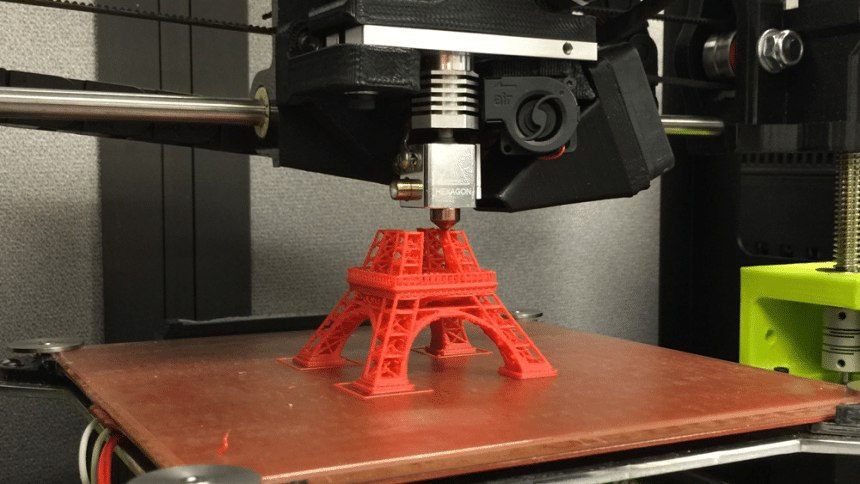
The type of printing technology that your 3D printer uses impacts its build time. Some methods are much slower. There are 2 main types of printing technologies: Fused Deposition Modelling (FDM) and Stereolithography apparatus (SLA).
FDM utilizes a temperature-controlled head to extrude every single layer of thermoplastic materials onto a build platform.
SLA uses photochemical processes to bring materials together. Simply put, it use slight to solidify a liquid resin.
SLA technology prints faster than FDM because it prints whole layer at once. Its speed is mainly determined by the height of the desired part.
FDM prints are much cheaper but slower and of lower quality than SLA prints.
Part size and build volume are the main dictators of 3D printing speed. The explanation is pretty simple; the bigger you want to print an item the longer you will have to wait. A tall object will take longer to build than a flat object even if they have the same volume. This is because a tall object has more layers for your extruder to create.
Size is not the only thing that comes into play when the volume of the object is the subject. If the object has complex layers with gaps or cross-sectional parts, it can greatly impact the amount of time your 3D printer takes to build it.
This is the total area that the object you intend to print occupies on your printer’s build surface. The larger the footprint, the longer your 3D printer will take to print because the print head has to travel farther from its starting point to complete every layer.
Height is just as important as overall size, volume and footprint in determining how long it will take your 3D printer to print. An object with the dimensions 4x4x8 will take longer to print than one that measures 5x5x5 as much as they are about the same volume. This is because the first object has more layers in its taller parts and the printer has to make more passes to create them.
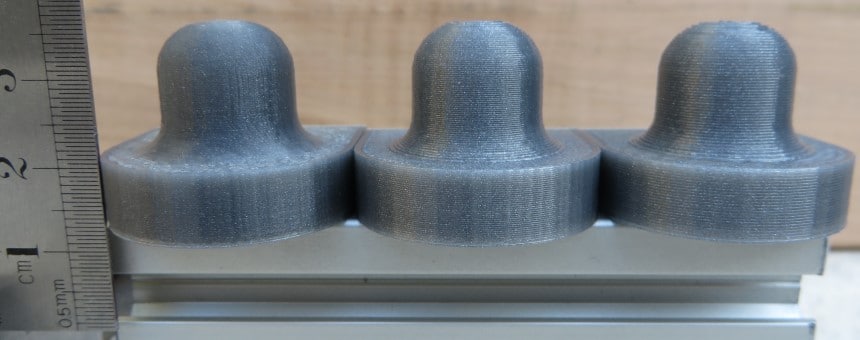
The rule of the thumb is, the thinner the layer, the smoother and better quality your print will be though it will take more time to print. For example, if you printed something at 50 microns using a small nozzle, it could take you a whole day yet realistically it should take you less than an hour.
In other words, shorter layers mean smaller features, higher details and smoother surface finishes. The reason why you spend a lot of time printing short layers is because short layers mean more layers.
You can avoid this predicament by honeycombing solid objects. Honeycombing is allowing spaces in between the object instead of having it as a solid cube like Rubik’s cube. You can achieve this by finding either adaptive layer settings or dynamic layer heights in Cura. It will not only speed up the printing but also save you extra filaments.
The settings work by finding areas that have significant variations and curves, then prints thicker or thinner layers accordingly. Curved surfaces print with thinner layers to maintain a smooth look.
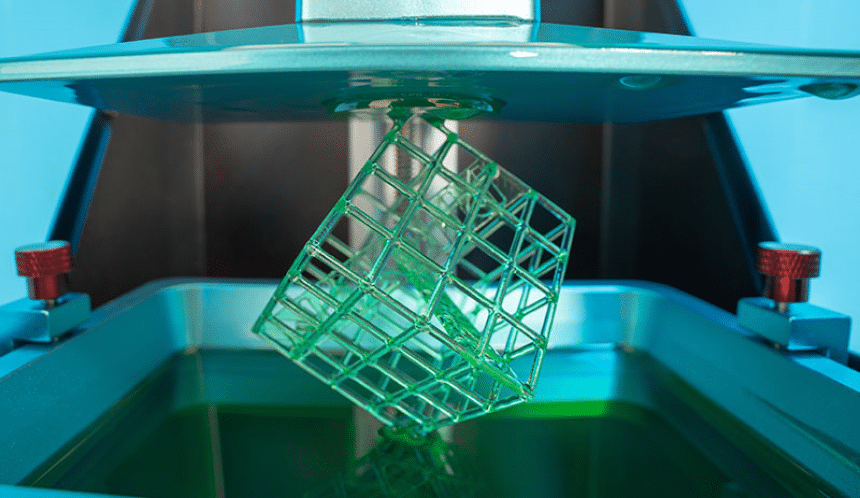
A part that has multiple small features will have layers that look like several groups of small islands. A part with a simple geometry like a cube or sphere will have layers that look like a large island. The print head has to draw the boundary of each island before filling it in. So, typically, more islands mean more time.
One noteworthy thing is that the extent to which a part’s geometrical complexity affects printing time is highly dependent on the 3D printing technology.
Some 3D printing materials are easier and faster to process than others. the more difficult variety tend to slow down the print speed as they may need more time to adhere and set. Different materials also require different bed temperatures and extrusion.
If you are not sure about the best quality filament to use for 3D printing, try the highly acclaimed TECBEARS PLA 3D Printer Filament. It remains a top favorite for many because it has the qualities to meet your demands for different printing projects.
Different 3D printers use different systems to navigate the print head during printing and this impacts the printing speed. There are 2 main systems: paint roller and the paint brush. The paint brush system extrudes the material from a single point as it moves across the build tray.
The paint roller system, on the other hand, extrudes the material from various points on the print head as it passes evenly back and forth across the entire build tray. The paint brush system takes longer than the paint roller system.
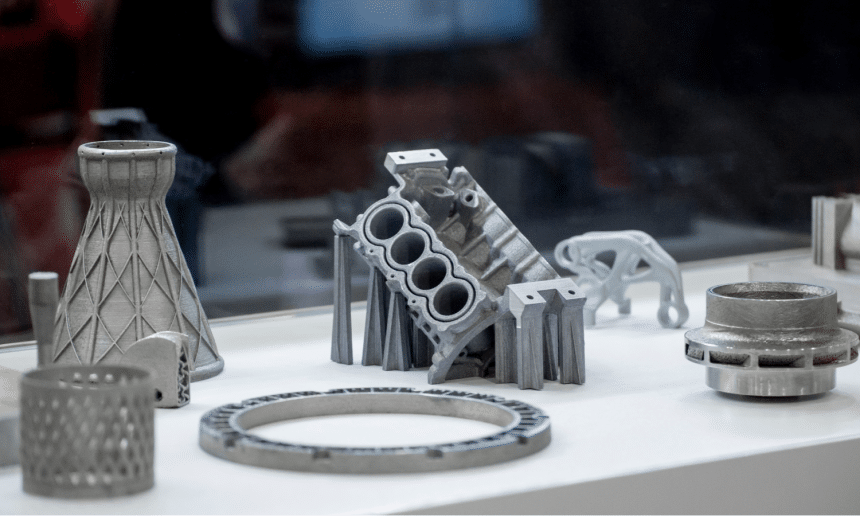
For instance, it can take you about an hour to print a single copy of a 1-inch cube and only 2 hours producing 25 copies of the same cube. In essence, you reduce your per-part time when you print multiple copies and if the factors that determine printing time are in your favor, you spend lesser time.
3D professionals swear by utilizing all the space on the printer bed to reduce printing time. The secret to achieving this is by using the center and arrange settings on the slicer software. You can play around with the orientation according to the design of your prints so that you make optimal use of the print space. It saves you the time you spend reheating and resetting the printer for each part.
However, you might not be able to achieve this with prints that occupy more than half of the print bed space. Also, if your 3D printer is small you will not be able to hack this trick.
Infill is the internal structure of the 3D part. Its pattern will affect printing speed. A more complicated pattern will take longer to print than a simple infill pattern. The most impactful aspect of infill on printing speed is density. Infill with a higher density will take longer to produce because you end up with a much stronger print.
The good thing with infill settings is that you are spoilt for choice with multiple patterns. You can always pick one that helps you save on time.
If you are up for a quick print, the best recommended infill pattern is the lines pattern. It is also known as rectilinear and it is super-simple with less movement compared the others. It helps you save up to 25% printing time depending on the type of 3D printer you have.
The problem only comes in when you have to trade strength for print speed. Some patterns are the strongest but take longer to print. Just try to get a balance between the two so that you end up with high-quality prints. The grid pattern and triangles are prime examples of infill patterns that perfectly balance strength and printing speed.
As for infill density, you have no option but to get a good balance based on the needs of your print. This is especially important if you are doing functional prints like a TV holder. You have to choice but to give up speed for strength. For decorative prints that are only meant for aesthetics you can tweak the infill density to speed up the printing time.
While you are adjusting the infill density of your model, keep in mind that you need to get a good ratio of the two settings to ensure that your 3D model doesn’t lose its structural capabilities. For you to get the balance that gives you top-quality prints in less time, you will need a little practice with a few trial and errors here and there. Here is some more information on changing the infill density to speed up your printer.
Fun fact: SLA printing technology will print high-density infill faster than FDM printing because SLA prints are done in layers and its speed is only determined by the height of the object only. Therefore, if you are looking to print dense objects like cubes and solid spheres in the long-term, you can opt for a 3D printing with SLA printing.
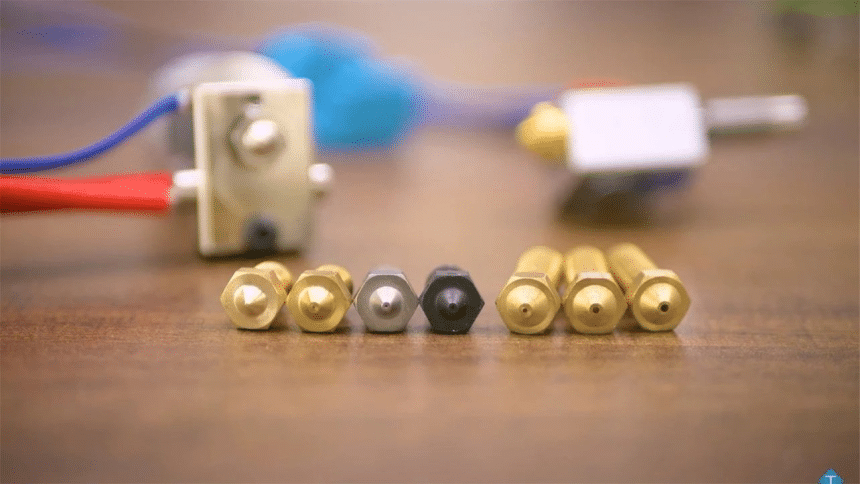
Let’s say you normally use a nozzle with a diameter of 0.2mm, it will take 5 extrusion movements to get a 1mm height. If you upgrade to one with 0.5mm, it will take 2 extrusions to get a 1mm height. The difference is huge.
The only downside to using a larger nozzle is that you will begin to see a reduction in the quality of your prints, usually in the form of rougher surfaces or visible lines. If you print a part with thin layers, it is likely to have a negative effect on its firmness. Therefore, a larger nozzle, has the advantage for increasing the layer height for a tougher foundation.
If you are looking to upgrade your nozzle, check out the popular LUTER 24PCS Extruder Nozzles 3D Printer Nozzle. It comes highly recommended by experts because it offers premium quality and great compatibility. The competitively priced nozzle package comes with 24 pieces of MK8 nozzles in 7 different sizes.
Post-processing activities are the things you are required to after the 3D prints are done. They include; support and removal processes aimed at cleaning, rinsing, or drying 3D prints. Different printing technologies require different post-processing methods.
The longer the post-processing requirements the longer the printing time. Post-processing time is mainly impacted by the part’s size and geometry. A small part will take less than 20 minutes to clean while a large part will take hours.
Removing or reducing supports can help speed up your printing time. The more support material your 3D printer extrudes, the longer you will wait for your prints. Try and print objects that don’t require support. There are multiple techniques you can use to design objects that don’t need supports.
One trick that works to reduce supports effectively is using the best orientation for your models. It doesn’t compromise the quality and strength of your prints and reduces print time significantly.
Remember to be extra-careful not to damage the part during post-processing as they can be fragile.
If you are new to 3D printing, you must be curious about how long it takes to print some objects. Different objects take minutes, hours or even days depending on the factors highlighted above. There are many ways of estimating the amount of time your 3D printer will take printing various objects. The most recommended estimation option is using Slicer software like Cura. Here is a rundown for the most common objects:
How Long Does 3D Printing a Cube Take?
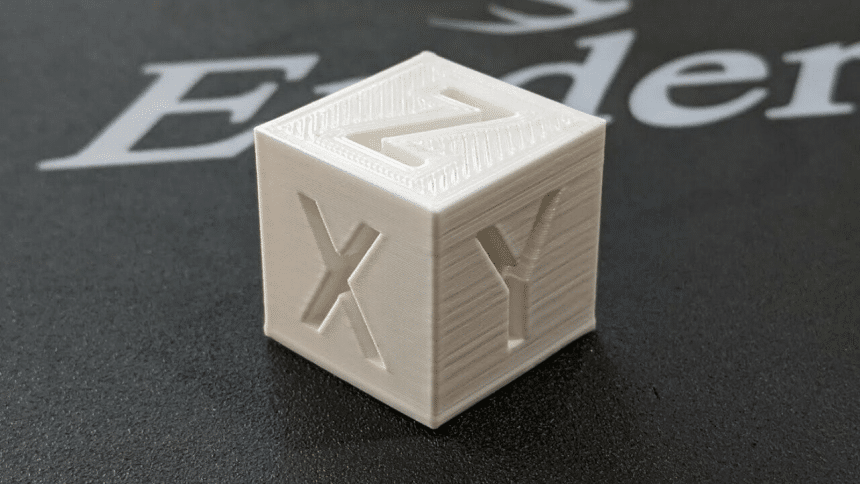
How Long Does 3D Printing Miniatures Take
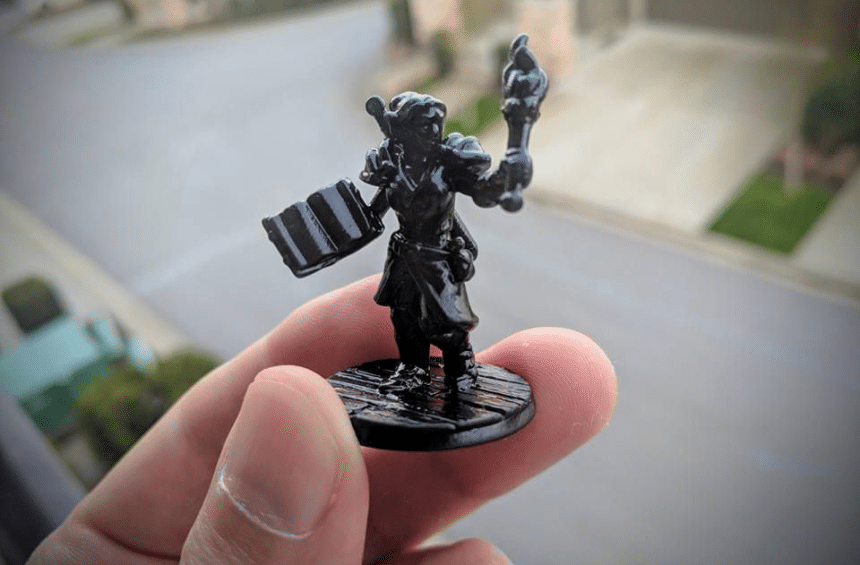
The layer height and nozzle diameter are the main dictators of the amount of time you’ll spend printing your miniature.
How Long Does 3D Printing a Mask Take?
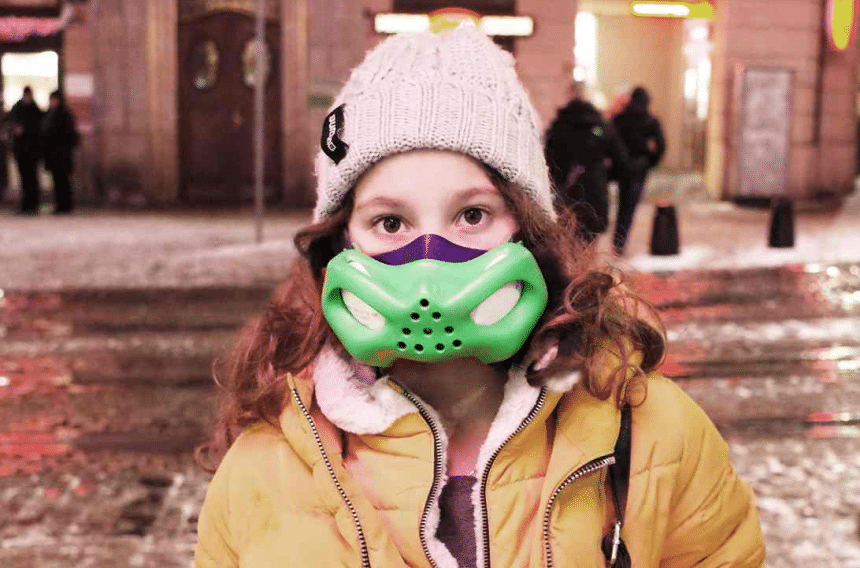
How Long Does 3D Printing a Prosthetic Take
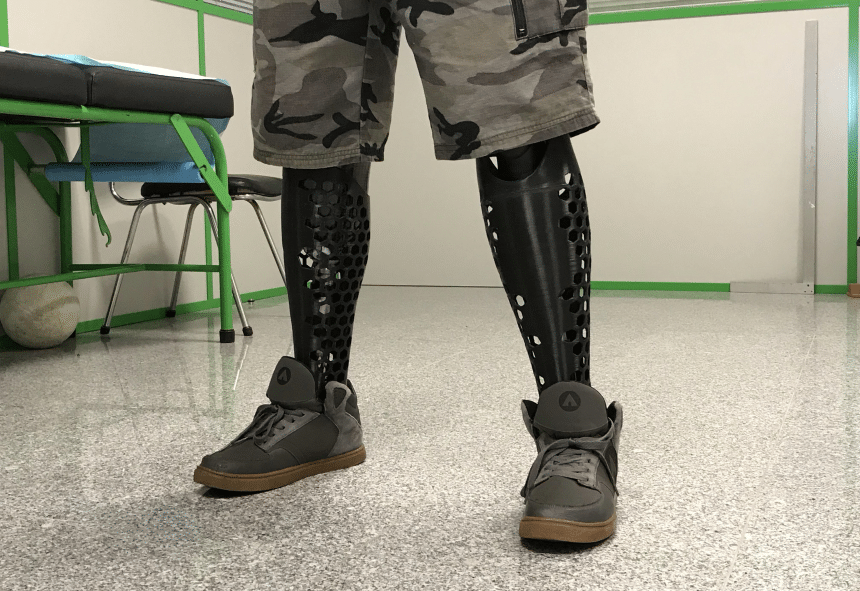
Quick tip: Larger layer heights will give you low-quality prosthetics.
3D printing is commonly referred to as rapid prototyping but sometimes you can lose patience waiting for a model to print. If you just bought yourself the best 3D printer out there to get your feet into 3D printing you must have lots of questions including; how long 3D printing takes for various objects and the amount of filament to use in 3D printing. Various factors contribute to 3D print time and we have discussed them in detail in the article above.
If you find your 3D printer too slow for you, there are various techniques you can learn to increase its speed time or reduce print time for you. You cannot learn these techniques if you don’t know the reason why you wait too long for your prints. The knowledge will help you get high-quality prints in less time.